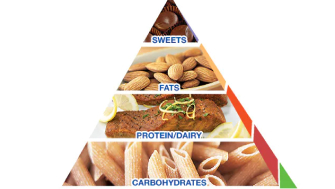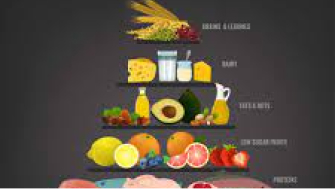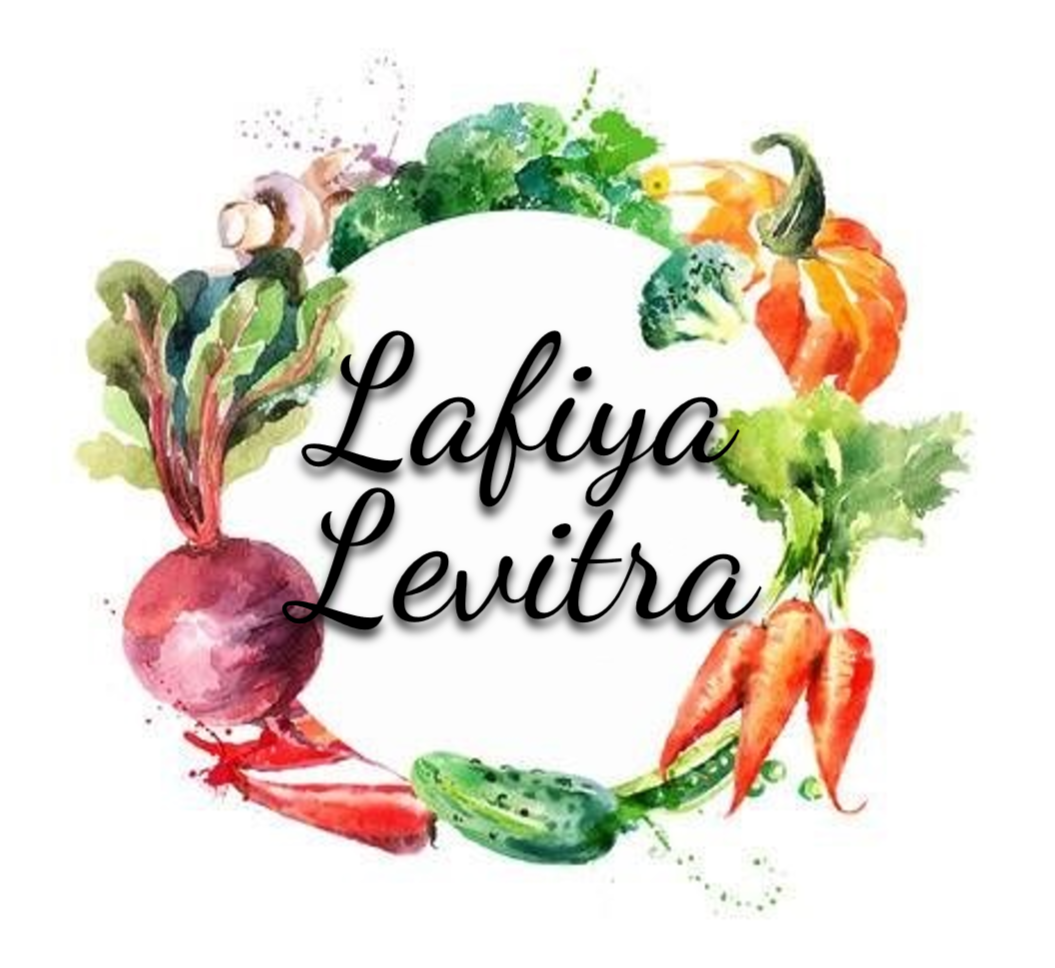What is Volumetrics Diet?
The volumetrics diet is based on the idea that the volume of food you eat, rather the counting calories, leads to weight loss. When more food is consumed, you experience a fullness in a psychological sense. The diet follows more of an unstructured eating approach than one that restricts specific foods and severely limits your daily caloric intake.
What Experts Say
"The premise of this diet is simple—eat lots of high-water-volume foods to help fill you up and shed pounds. Nutrition experts agree this is a smart choice, as you’ll increase nutrient-dense choices like vegetables and fruits while naturally consuming fewer calories."
The 7-Day Diet Plan
The volumetrics diet does not require meal timing or portion sizes. Rather, no food is off limits in the diet, but it does focus on a food’s energy density. Food that is high in calories but contains limited vitamins and minerals is considered high-energy-dense.
Meanwhile, food with a low amount of calories that offers a high number of vitamins and minerals is considered low-energy-dense, and should make up the bulk of what you eat.(U.S. News and World Report Best Diets Overall 2022.)
Here is one example of week's worth of meals that includes breakfast, a snack, lunch, and dinner.
- Day 1:Whole wheat toast, boiled eggs, berries; low-fat Greek yogurt with diced apple; salad with chicken breast; lentil soup, steamed broccoli
- Day 2:Quinoa and steamed vegetables; low-fat cottage cheese; vegetable soup with turkey meatballs and whole-grain roll; brown rice bowl and vegetables
- Day 3:Egg white omelet with spinach and fruit and yogurt smoothie; brown rice bowl with shredded chicken, black beans, salsa; halibut fillet, roast potatoes, asparagus
- Day 4:Oat and apple yogurt smoothie and a boiled egg; raw veggies and tzatziki dip; tomato soup and tuna sandwich made with Greek yogurt; chili with ground turkey and beans, baked potato
- Day 5:Egg white scramble with veggies and whole-wheat toast; low-fat yogurt and fruit parfait; chicken salad sandwich made with Greek yogurt and side salad; zucchini and chicken lasagna, green beans
- Day 6:Low-fat yogurt and berry smoothie; carrots and hummus; egg salad made with Greek yogurt on whole wheat bread, side salad; vegetable and lean steak stir fry
- Day 7:Oatmeal, fruit; chicken soup, salad; cottage cheese and berries; zucchini noodles with ground turkey, green beans
What You Can Eat
On the volumetrics diet, you eat low-calorie foods that fill you up, which can help you lose weight over the long term. Foods recommended on this plan have low-energy-density, which means they are filling foods with fewer calories.
The diet recommends eating three meals a day and a snack, as long as you consume low-energy-dense foods. Options include the following:
Fruits and Vegetables
- Apples
- Grapes
- Melons
- Berries
- Cucumbers
- Spinach
- Carrots
- [Asparagus]
Dairy Products
Any low-fat dairy products are permitted, such as the following:
- Kefir
- Sour cream
- Cottage cheese
Whole Grains
Unprocessed whole grains are encouraged to satiate carb cravings in a healthy way. Options to incorporate on this diet include:
- Grain bread
- Quinoa
- Brown rice
- Oatmeal
Lean Protein
Lean proteins are welcomed on the volumetrics diet, as they are satiating and you do not need to consume a large amount. When grocery shopping, you should look for:
- Chicken breasts
- Top sirloin steaks
- Tofu
- Lean ground turkey
- Extra-lean ground beef
- Tuna
What You Cannot Eat
You should avoid high-calorie, low-filling foods, and stay within your daily calorie limit. Foods to avoid are fried and sugar-sweetened treats as well as fat-laden proteins. According to the diet creator, these foods all provide little or no nutritional value and do not fill you up.
Fatty Meats
You should avoid meats with a high concentration of fat. You can find the fat content on the ingredient label. You should avoid:
- Bacon
- Sausage
- Poultry with skin
- Red meats with high fat content
Processed Foods
[Processed foods] do not fit into this category because of the high calories, fat, and sodium. Items to avoid include:
- Sugary cereal
- Muffins
- Doughnuts
- Crackers
How to Prepare the Volumetrics Diet & TipsHow to Prepare the Volumetrics Diet & Tips
The volumetrics diet divides foods into four groups based on their calorie and energy density. The International Food Information Council categorizes these foods as follows:
- Group one:Foods that are low density, which include fruits and non-starchy vegetables, [nonfat milk] and broth soups.
- Group two:Low-density foods, such as grains, unprocessed meats, legumes, fruits, and vegetables.
- Group three:Medium-density foods, which should get eaten in small servings. These foods are refined carbohydrates and high in fat and sugar, such as meat, cheeses, French fries, ice cream, and baked goods.
- Group four:High-density foods that should get consumed only every once in a while. These foods are higher in fat and carbs than group three foods, which include butter, nuts, crackers, candy, oil, and cookies.
Pros of the Volumetrics Diet
As one of the top-ranked diets for overall weight loss and healthy eating, you'll find significant advantages to following the volumetrics diet.
- Provides Long-Term Healthy Eating:Recent peer-reviewed research demonstrated that dietary management using principles found in the volumetrics diet can help people not only lose weight, but obtain an eating pattern that they can sustain indefinitely.
- Helps Manage Weight:A 2014 study published in the journal *Obesity* looked at 132 people participating in a number of weight loss diet plans. Researchers found that the volumetrics diet had the most superior outcomes and the best success at sustained weight off for at least 2 years.
- Safe in Comparison to Other Diets:Popular fad diets restrict foods, whereas the volumetrics diet allows for all types of food. Researchers, in a review on dietary-related strategies, found this particular manner of eating as safe and effective in producing a gradual transformation to a lifelong way of eating.
- Combats Obesity:The volumetrics diet can help lead to significant weight loss. A 2016 study that included more than 9,500 adults showed that when consuming low-density foods,[body mass index (BMI)] and waist circumference lowered, two methods doctors use to measure obesity.
Cons of the Volumetrics Diet
Following the volumetrics diet can come with disadvantages to consider, as they can disrupt your current lifestyle.
- Can Be Time-Consuming:Especially when you are new to the volumetrics plan, following the diet will take a significant portion of your time. You will need to analyze your food choices for density, keep track of what you are eating, [count calories] and prepare food. For those who eat out often, this could impact your time management.
- Lacks Online Support:Many diets have apps and online groups for support. But the volumetrics diet does not offer much for those who need support in the digital world.
Is the Volumetrics Diet a Healthy Choice for You?Is the Volumetrics Diet a Healthy Choice for You?
The daily calorie intakes suggested for weight loss on this plan are 1,600 calories for women and 2,000 for men, which should be a sustainable goal for most people. However, everyone's diet needs can vary, depending on physical activity, age, and health issues.
Recipes
- Banana Yogurt Pots
- Cannellini Bean Salad
- Edgy Veggie Wraps
- Spicy Tomato Baked Eggs
- Salmon with Potatoes and Corn Salad
- Spiced Carrot and Lentil Soup
- Med Chicken, Quinoa and Greek Salad
- Quinoa and Stir Fried Veg
- Grilled Vegetables with Bean Mash
- Moroccan Chickpea Soup
For Images:
Was this article helpful?
Similar Articles


